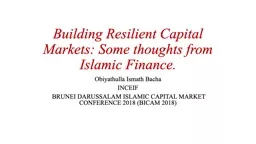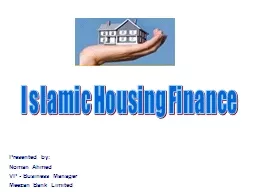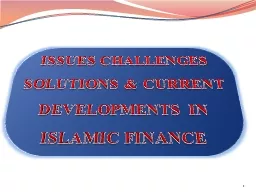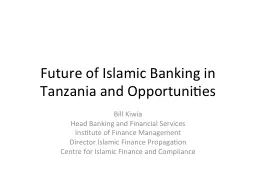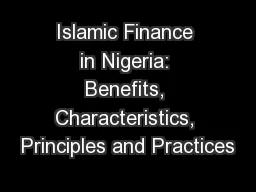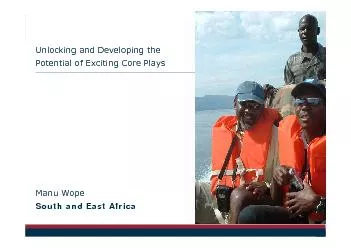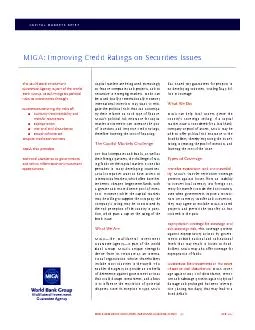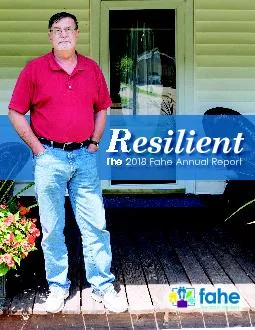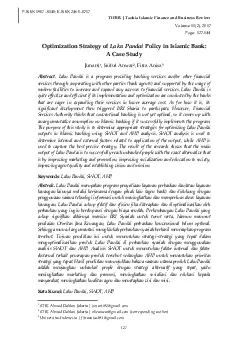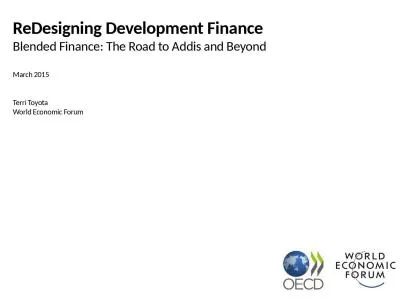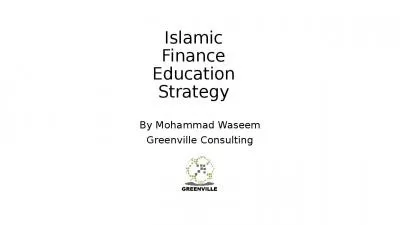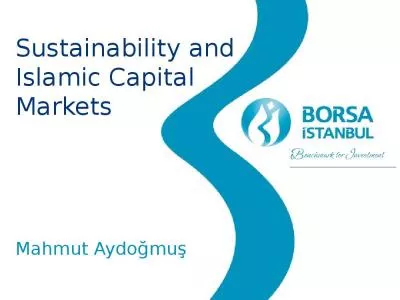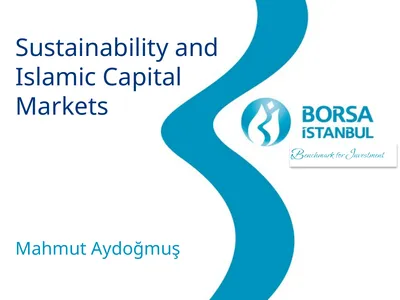PPT-Building Resilient Capital Markets: Some thoughts from Islamic Finance.
Author : faustina-dinatale | Published Date : 2019-11-25
Building Resilient Capital Markets Some thoughts from Islamic Finance Obiyathulla Ismath Bacha INCEIF BRUNEI DARUSSALAM ISLAMIC CAPITAL MARKET CONFERENCE 2018 BICAM
Presentation Embed Code
Download Presentation
Download Presentation The PPT/PDF document "Building Resilient Capital Markets: Some..." is the property of its rightful owner. Permission is granted to download and print the materials on this website for personal, non-commercial use only, and to display it on your personal computer provided you do not modify the materials and that you retain all copyright notices contained in the materials. By downloading content from our website, you accept the terms of this agreement.
Building Resilient Capital Markets: Some thoughts from Islamic Finance.: Transcript
Building Resilient Capital Markets Some thoughts from Islamic Finance Obiyathulla Ismath Bacha INCEIF BRUNEI DARUSSALAM ISLAMIC CAPITAL MARKET CONFERENCE 2018 BICAM 2018 Setting the stage Key Questions. Would you rather go for 3 wishes . or for countless opportunities?. Comparison with conventional banking. The Luxembourg case. 27 November 2012. Examples. 2. Islamic Finance in Luxembourg. 3. Main principles / Differences with conventional banking. Presented by: . Noman. Ahmed. VP - Business Manager. Meezan. Bank Limited. Islamic Housing Finance . Core Structures:. Murabaha. Ijarah. Istisna. Diminishing Musharakah . (Mostly used in banks for Islamic Housing Finance). SOLUTIONS & CURRENT DEVELOPMENTS IN . ISLAMIC FINANCE. 1. Introduction of Facilitator. SYED MUHAMMAD TAQI SHAH (DAIBP). GENERAL MANAGER MARKETING . HABIB INSURANCE CO. LTD. FORMER HEAD OF EMPLOYEE EXCELANCE NATIONAL DATA CONSULTANTS KARACHI. Opportunities . Bill Kiwia. Head Banking and Financial Services . Institute of Finance Management. Director Islamic Finance Propagation. Centre for Islamic Finance and Compliance. Introduction: Concept and Principles. A Presentation by Dr Bashir Aliyu Umar, Special Adviser to CBN Governor on Non-Interest Banking at the Two-Day NDIC FICAN Workshop 2011, held at . Dutse. , . Jigawa. State, 28,29 Nov 2011. Introduction to Islamic Finance. Screen
Evaluate/Validate
Evaluate/Validate
Uganda Block 2: ButiabaCongo (DRC) Blocks I & II Madagascar 3109 & 3111Uganda Block 1Lake AlbertBasal Sand Albert GrabenLindi/MtwaraBlocksKaiso Improving5Crzyit5gvtings5on5hzxuritizs5Issuzs
CAPITAL MARKETS BRIEFContact
or general information
lorly5Wvnk5Group
bultilvtzrvl5Invzstmznt5
Guvrvntzz5Vgznxy
FMFM5H5htrzztA5cl
lvshingtonA5YC5GEIHH
tC5 The 2018 Fahe Annual Report
The 2018 Fahe Annual Report
Resilient
Resilient STIE Ahmad Dahlan Jakartajunarti92gmailcomSTIE Ahmad Dahlan Jakartaolieanwargmailcom corresponding authorUniversitas Indonesia fitraanisa393gmailcomP-ISSN 19078145 E-ISSN 24600717 Page 127-144 TIFBR Shopify Markets is a cross-border management platform through which you can sell internationally. Contact Experts in Shopify for Shopify Markets Setup in Dubai, Abu Dhabi, UAE. https://www.expertsinshopify.com/blog/shopify-markets/shopify-markets-dubai-uae.html
https://www.expertsinshopify.com/ Blended Finance: The Road to Addis and Beyond. March 2015. Terri Toyota. World Economic Forum. Vision. Blended . finance i. s a systematic. . and structured approach to finance and investment in emerging and frontier markets. By Mohammad Waseem. Greenville Consulting. Where we are?. We are witnessing strong growth in the Islamic Finance arena with market share increasing every year.. We are at cross . roads . as Islamic . Mahmut Aydoğmuş. Sustainable Finance. Sustainability Principles for Exchanges. Islamic Capital Markets and Sustainability. Borsa Istanbul Sustainability Efforts. . Flow of Presentation. Sustainable Finance. Sustainability and Islamic Capital Markets Mahmut Aydoğmuş Sustainable Finance Sustainability Principles for Exchanges Islamic Capital Markets and Sustainability Borsa Istanbul Sustainability Efforts Flow of Presentation Sustainable Finance
Download Document
Here is the link to download the presentation.
"Building Resilient Capital Markets: Some thoughts from Islamic Finance."The content belongs to its owner. You may download and print it for personal use, without modification, and keep all copyright notices. By downloading, you agree to these terms.
Related Documents

